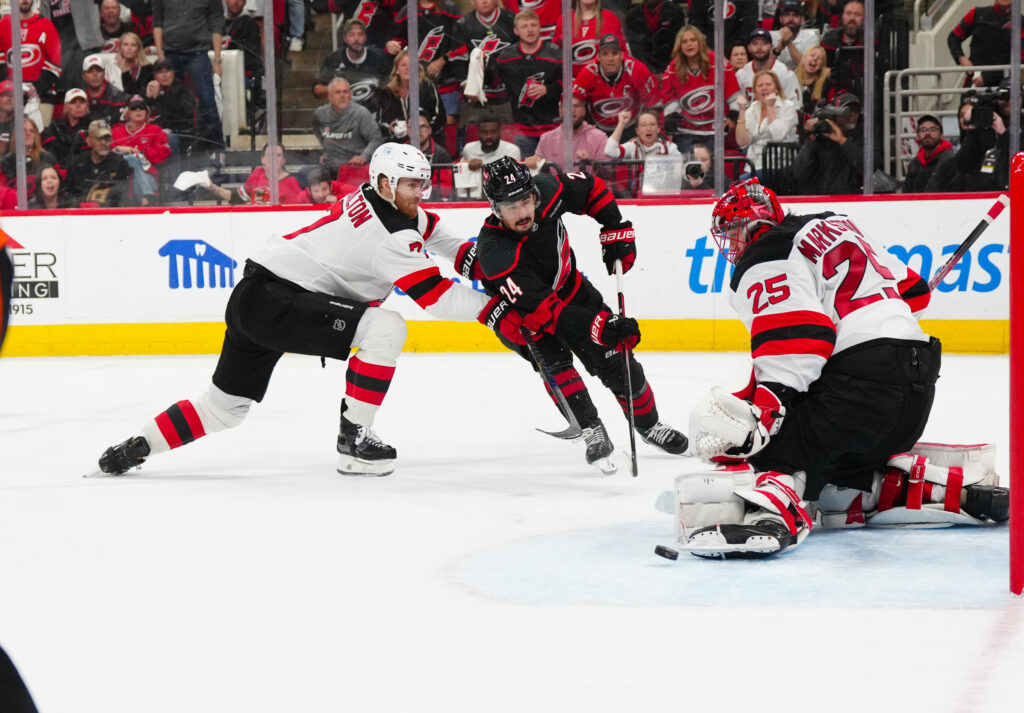The air is getting colder, the skates are being sharpened, and across the National Hockey League, hope springs eternal. But in the Metropolitan Division, that hope comes in vastly different shades. Once a Murderer’s Row of perennial contenders, the Metro enters the 2025-26 season as a study in contrasts—a top-heavy battleground where a clear line has been drawn in the sand. On one side stand the division’s titans, gearing up for what they believe is a legitimate run at the Stanley Cup. On the other, a motley crew of teams in various states of transition, retooling, or outright, gut-wrenching reconstruction.
While the division as a whole may be seen as less competitive than its Atlantic counterpart, the internal dynamics promise a season of intrigue. The established might of Carolina and New Jersey is set against the flickering windows of New York and the foundational work being laid in Philadelphia and Pittsburgh. This isn’t just a race for a division banner; it’s a clash of timelines, a war between win-now aspirations and the painful patience of building for tomorrow.
Collision Course: The Division’s Two-Headed Monster
If you’re a betting man, the odds board tells a simple story. The Metropolitan Division title is a two-horse race, and everyone else is just trying not to get trampled.
At the front of the pack, as they have been for years, are the Carolina Hurricanes. GM Eric Tulsky has built a machine in Raleigh. It’s fast, it’s relentless, and it’s deep. This summer’s surgical acquisitions of high-end scoring winger Nikolaj Ehlers and defenseman K’Andre Miller didn’t just fill needs; they were luxury additions to an already formidable roster. The fact that Tulsky accomplished this while leaving over $10 million in cap space is a masterclass in asset management. The core of Sebastian Aho (27), Andrei Svechnikov (25), and Seth Jarvis (23) is smack in the middle of its prime, ensuring the Hurricanes will be a dominant force for the foreseeable future.
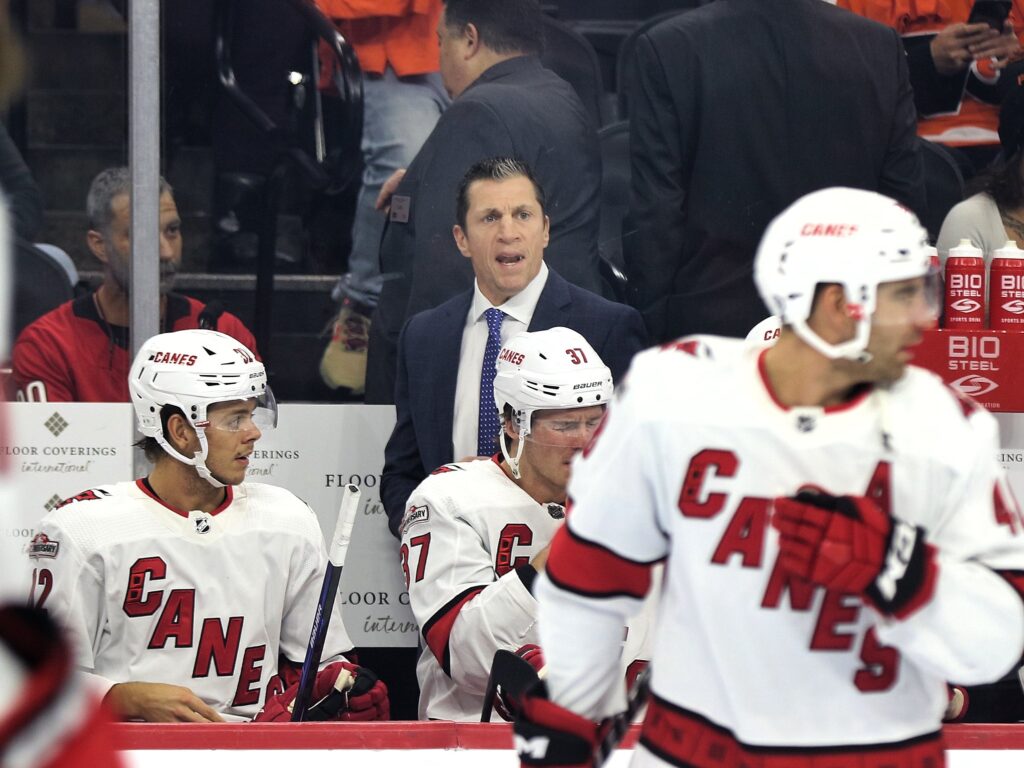
Yet, a shadow looms over this team’s undeniable regular-season excellence. For all their brilliance, the Canes have developed a nasty habit of hitting a brick wall in the Eastern Conference Final, having won a grand total of one game in three trips since the 2018-19 season. They are built to win now, but the only question that matters in Carolina is whether this is finally the year they can conquer their third-round demons.
Nipping at their heels are the New Jersey Devils, a team dripping with electrifying young talent. With a core featuring the Hughes brothers, Jesper Bratt, and captain Nico Hischier—all 28 or younger—the Devils are undeniably a playoff team with a wide-open competitive window. The talent is there. The question is whether their bodies can withstand the rigors of an 82-game season. Jack Hughes, the dynamic engine of their offense, has missed 20 games in each of the past two seasons, raising legitimate concerns about his durability as a top-line center.
Management has placed its faith in goaltender Jacob Markstrom to be the high-end, undisputed starter they’ve desperately needed. However, his subpar performance upon returning from a knee injury last season is a storyline to watch. Behind him, Jake Allen’s new five-year contract is a significant commitment for a backup. On the blue line, the embarrassment of riches continues with the emergence of Luke Hughes and Simon Nemec, but it also puts a spotlight on Dougie Hamilton and his $9 million cap hit. The Devils have all the pieces; the challenge is keeping them on the ice and firing on all cylinders.
Also on the EDGE – High Stakes, Higher Expectations: Unpacking Luke Hughes’ Landmark Deal With the Devils
Fighting for the Middle Ground
Behind the two juggernauts lies a fascinating tier of teams with playoff aspirations but significant questions to answer. These are the clubs that will likely decide the Wild Card race.
The Washington Capitals are a curious case. After a stunning first-place finish in the Eastern Conference last season, almost every analytical model is screaming for regression. And for good reason. It’s statistically improbable for roughly half a roster—including key contributors like Dylan Strome, Pierre-Luc Dubois, and Tom Wilson—to replicate career-high point totals fueled by a league-leading 5v5 shooting percentage. That kind of puck luck simply doesn’t last.
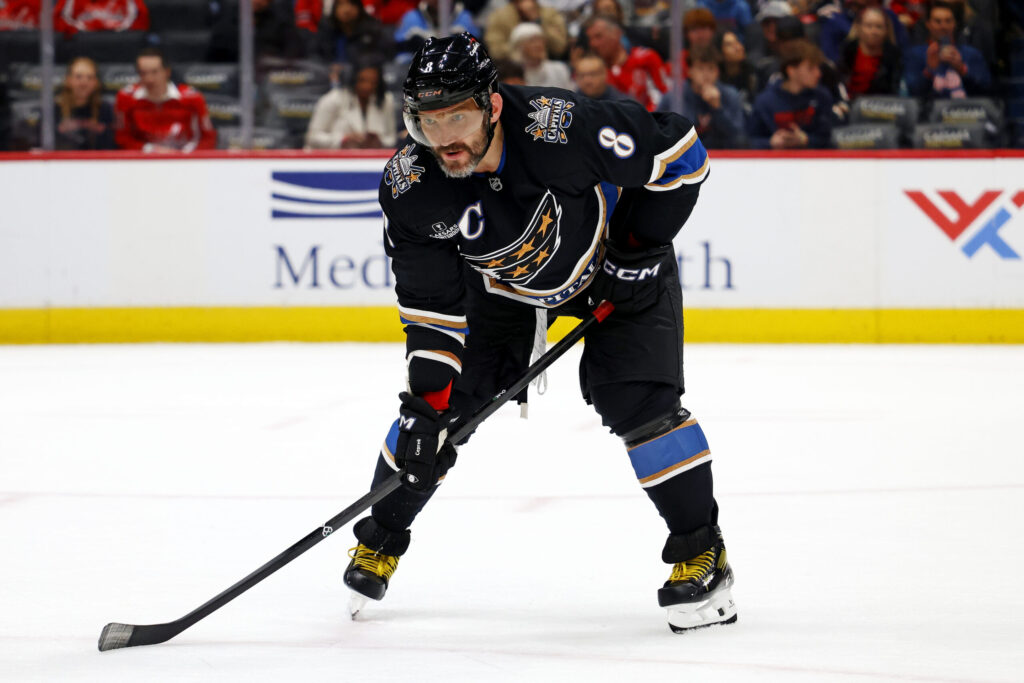
The narrative in D.C. will, as always, revolve around Alex Ovechkin. Entering the final year of his contract at 40 years old, the Great 8 has already conquered Wayne Gretzky’s goal record. What drives him now? Perhaps the audacious, once-unthinkable chase for 1,000 goals. But the team’s fate rests squarely on the shoulders of Logan Thompson in net. His Vezina-finalist campaign (.910 save percentage) was the bedrock of their success. If that number dips below .900, the Capitals could slide down the standings as quickly as they ascended. Last year’s Jack Adams winner, Spencer Carbery, will have his work cut out for him to stave off the inevitable pull of gravity.
Meanwhile, the Columbus Blue Jackets are the division’s ascending power. After years in the wilderness, they flirted with a playoff spot until the final days of last season, ultimately missing by a single win. Their five-year postseason drought feels destined to end. The offense is already potent, finishing tied for seventh in the league in scoring, powered by a dynamic young core. Kirill Marchenko (74 points), Adam Fantilli (54 points), and Kent Johnson (57 points) are the real deal, and defenseman Zach Werenski put together a Norris Trophy-caliber season with 82 points.
The potential for a goaltending controversy looms, as Jet Greaves’ blistering finish to last season (.938 SV% in 11 games) has him legitimately challenging the established, but inconsistent, Elvis Merzlikins. The primary concerns, however, remain on the back end. A 25th-ranked defense won’t cut it in the playoffs. Even more puzzling is the team’s $15.5 million in unused cap space. For a franchise on the cusp of taking the next step, that level of fiscal restraint is bound to frustrate a fanbase hungry for a winner.
Navigating the Crossroads
Some teams aren’t quite ready to contend, but they aren’t ready to tear it all down either. They exist in a competitive purgatory, trying to chart a course for the future without completely sacrificing the present.
Also on the EDGE – 5 Burning Questions for the New-Look New York Rangers
No team embodies this more than the New York Rangers. Just two seasons removed from a Presidents’ Trophy, they stumbled badly last year, missing the playoffs entirely. The response from management was swift: hire Mike Sullivan as the new head coach, a move that screams a desire for structure, accountability, and a no-nonsense approach. The defensive-minded Vladislav Gavrikov was brought in to shore up the blue line, but the loss of K’Andre Miller in the trade with Carolina stings.
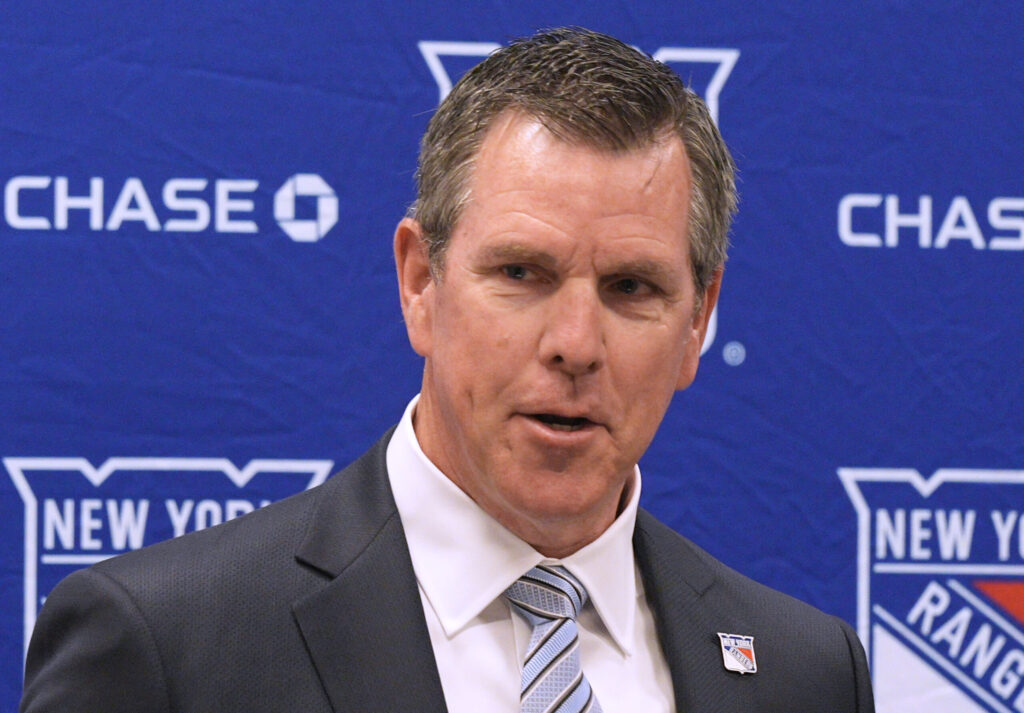
The Rangers’ problems are clear: their defensive structure crumbled last season, and their once-lethal power play plummeted to a dismal 28th in the NHL. Their fate, as it has been for years, is tied to the performance of Igor Shesterkin. The former Vezina winner posted career-worst numbers last year, and if he struggles again, the Rangers have no path to success. Perhaps most telling is the contract status of superstar Artemi Panarin, who is without a deal for the 2026-27 season. It’s a clear signal that the team may be preparing to shop him as a premium rental at the trade deadline, officially closing one chapter of Rangers hockey and beginning another.
A bit further behind them on the timeline are the Philadelphia Flyers. GM Danny Briere has committed to a patient, draft-centric rebuild, and the “Under Construction” sign is hanging prominently over the Wells Fargo Center. Their window isn’t opening this year, and it might not even open next year. It’s all about accumulating assets and developing the young pillars of the franchise, Matvei Michkov and Porter Martone.
Still, there are signs of progress. The summer acquisition of center Trevor Zegras was Briere “dipping his toe in the water,” a sign that he’s willing to add high-end young talent to accelerate the process. He joins a promising forward group featuring Tyson Foerster (25 goals), Owen Tippett, Bobby Brink, and Noah Cates, all of whom are expected to take another step forward under new head coach Rick Tocchet. The Flyers are on the right path, but it’s a long one.
Embracing the Lottery Odds
At the bottom of the division are two franchises finally, if perhaps reluctantly, accepting their reality. The pain of today is the price for the promise of tomorrow.
No team has embraced this mantra more fully than the Pittsburgh Penguins. After three consecutive years of missing the playoffs, the organization is the only one in the league truly accepting a full rebuilder posture. It’s a taxing, awkward situation, as they attempt to honor the final years of Hall of Famers Sidney Crosby, Evgeni Malkin, and Kris Letang while simultaneously stocking the cupboards for the future.
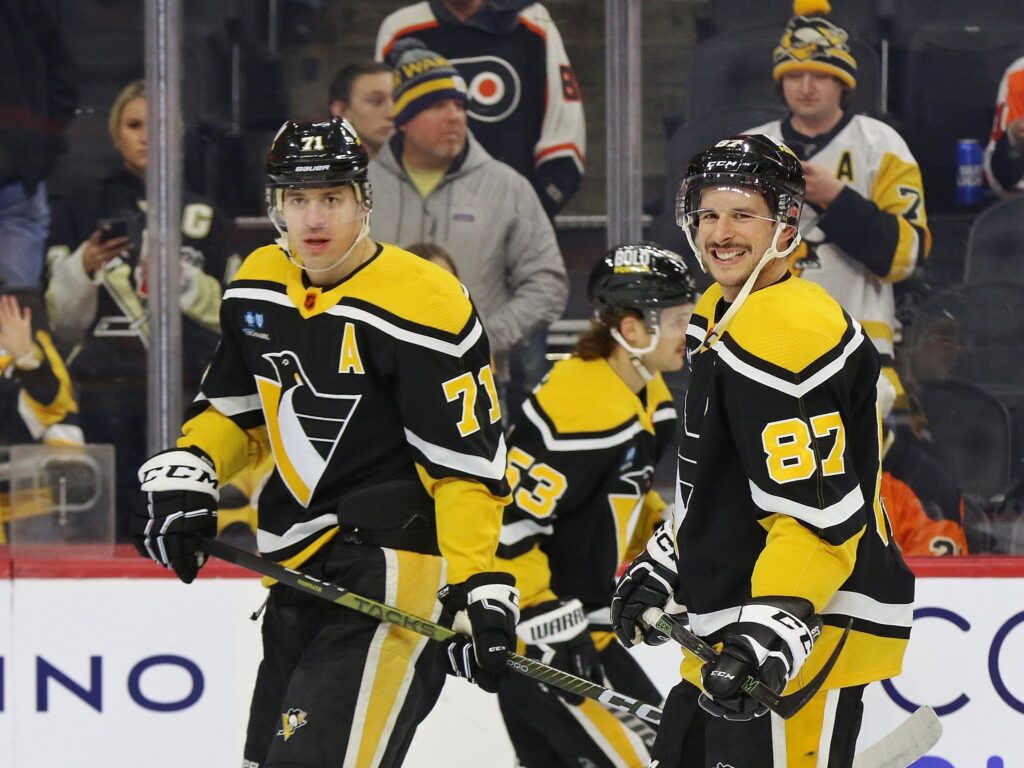
Expect the roster to get thinner as the season progresses. Contenders will be calling about forwards Bryan Rust and Rickard Rakell, and the front office will certainly listen to offers for Erik Karlsson. The ultimate “what if”—trading Sidney Crosby for a king’s ransom—remains a pipe dream for armchair GMs, but it’s the kind of move that would instantly supercharge a rebuild. With rookie coach Dan Muse at the helm, the goal is development. If losses pile up, don’t be surprised to see the Penguins in the thick of the 2026 NHL Draft lottery, with their eyes firmly fixed on generational talent Gavin McKenna.
Also on the EDGE – Is Sidney Crosby’s Future With the Penguins No Longer a Foregone Conclusion?
Finally, there are the New York Islanders. New GM Mathieu Darche may claim the team isn’t rebuilding, but his actions speak far louder than his words. Trading away number one defenseman Noah Dobson is not the move of a team trying to win. It is the painful, necessary decision of an organization starting a major renovation.
The reward for their recent struggles was winning the draft lottery and selecting defenseman Matthew Schaefer first overall, the new cornerstone of their future. For now, though, the outlook is bleak. Their offense was anemic last season (tied for 27th), and their hopes rest almost entirely on Mathew Barzal staying healthy after missing 52 games. The already questionable defense will be even weaker without Dobson. Even their greatest strength, goaltender Ilya Sorokin, has seen his play dip from “elite” to merely “great.” For this Islanders roster, “great” won’t be nearly enough. The best-case scenario is flirting with mediocrity before an inevitable late-season fade, clearing the path for another high draft pick.
Created with the aid of Gemini AI
